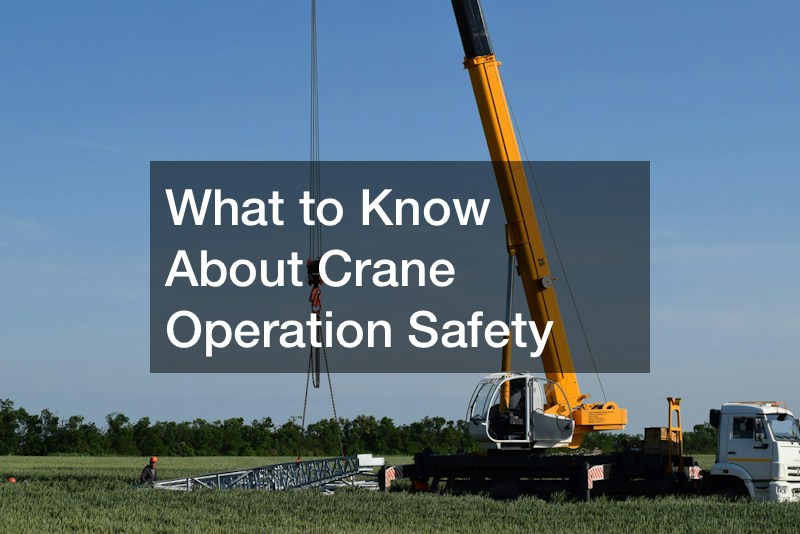
Crane operation demands a vigilant approach to safety, governed by basic guidelines applicable across various equipment in the construction industry. One cardinal rule underscores the imperative of proper training and authorization before engaging in crane operation. This fundamental principle sets the stage for a safer work environment and reduces the risk of unplanned events, such as property damage or injuries.
Routine inspections form the bedrock of safety protocols, emphasizing the need for operators to familiarize themselves with equipment principles and promptly address defects. A critical aspect of crane operation safety involves meticulous checks on hydraulic components, controlling leaks, and ensuring proper functionality of essential elements like gear cases and instruments.
During refueling, operators are advised to turn off spark-producing devices, minimizing the risk of accidents. Crucially, safe distances from power lines and meticulous adherence to load charts for accurate weight calculations are paramount in avoiding electrical hazards and maintaining stable crane operation.
The comprehensive guide extends to considerations like load testing, preventing jerky movements, and maintaining a clear area around the crane. The video underscores that crane operation is not just a job; it’s a serious business demanding a collective commitment to safety. By following these guidelines, crane operators can contribute to a safer working environment and prevent potential accidents on the job.
.





